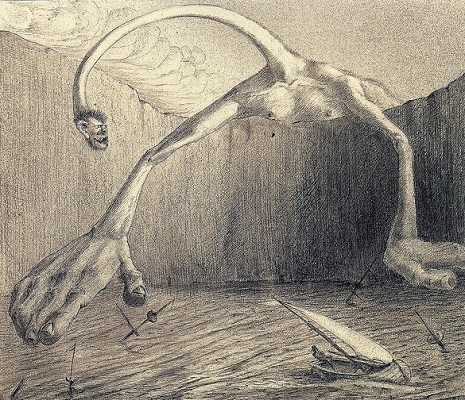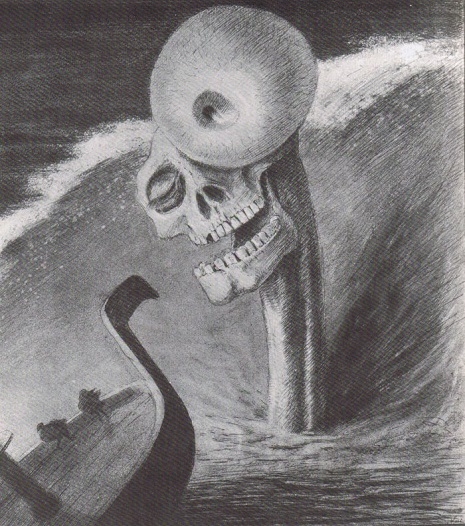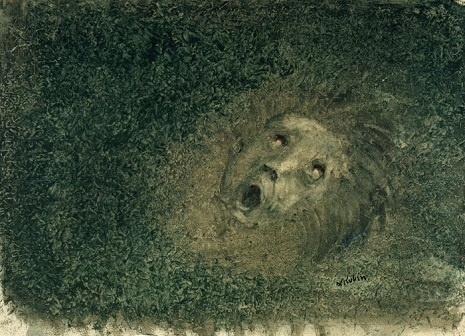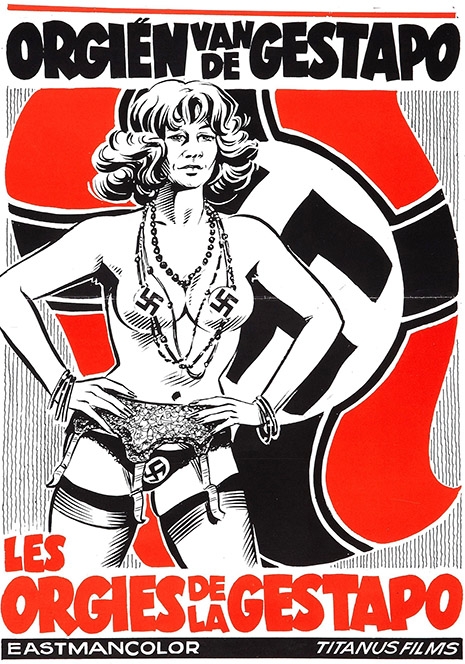
In the mid ‘70s a whole slew of World War Two-themed sexploitation films were churned out (most coming from Italy) in the wake of the highly successful Ilsa, She Wolf of the SS. Most of the films, typical ‘70s softcore porn pieces with swastika-sporting actors, followed the standard “women in prison” film formula—the locale having been transferred to the Nazi death camps and field brothels. In Italy these films are known as part of the “il sadiconazista” cycle, the bulk of which were influenced as much by Ilsa as they were by three controversial Italian art-house films: Liliana Cavani’s The Night Porter, Tinto Brass’ Salon Kitty and Passolini’s Salò, or the 120 Days of Sodom. The entire genre can be traced back to 1969 when Bob Cresse and Lee Frost created the depraved “roughie,” Love Camp 7, which set the standard for all others to follow.
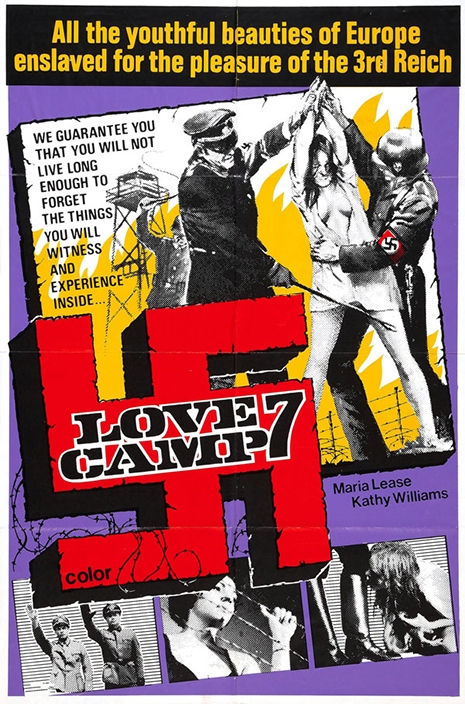
The SS-ploitation film-makers had discovered that it was far easier to get violently sexual situations past the censors if they were presented within the context of being based on the historical facts of Nazi war atrocities. Of course, none of these films had any interest whatsoever in being historically accurate. The producers were making bank by exploiting 1970s movie audiences’ craving for weirder and wilder psycho-sexual delights and justifying it all as supposed statements against war crimes. Producer Dave Friedman (under the pseudonym Herman Traeger) put this written notice in the first shot of Ilsa, She Wolf of the SS:
“The film you are about to see is based on documented fact. The atrocities shown were conducted as ‘medical experiments’ in special concentration camps throughout Hitler’s Third Reich. Although these crimes against humanity are historically accurate, the characters depicted are composites of notorious Nazi personalities; and the events portrayed, have been condensed into one locality for dramatic purposes. Because of its shocking subject matter, this film is restricted to adult audiences only. We dedicate this film with the hope that these heinous crimes will never happen again.”
These films pushed the boundaries of bad taste to their lowest limit.
It’s difficult to pin down the continued appeal of these films. Any first year psychology student could interpret these films’ appeal in relation to dominance and submission, bondage fetish, rape fantasy, or basic misogyny. The likely fundamental appeal for many viewers is simply the fact that a whole slew of beautiful women get naked frequently. For others, the appeal of a film like Ilsa, She Wolf of the SS stems from the audacity of the images and the bad taste campiness of the acting and direction.
One thing is certain, these blatant exercises in cinematic depravity make no apologies and force their contents upon the viewer on their own moral terms. Unquestionably, the majority of these films are in the poorest of possible taste, yet they present material in a manner which pulls no punches—a spectacle which would never fly in today’s age of obsessive outrage. These films blur the lines between good and evil when they present Nazi atrocities in a manner that may not only repulse, but also spark the prurient interest of the viewer. To most, the thought of this is an absolutely unacceptable identification with the films’ antagonists, yet there can be a very fine psychological line between repulsion and titillation—and as such, for some, these films hold a certain power, if not vulgar charm. There are those out there who simply worship outrageous schlock, and some that just want to see a pair of boobs jiggle across the screen, and still others who are truly sick, deranged perverts. For better or worse (probably worse), there’s an audience for this shit.
A top ten list of Nazi sexploitation depravity after the jump…







